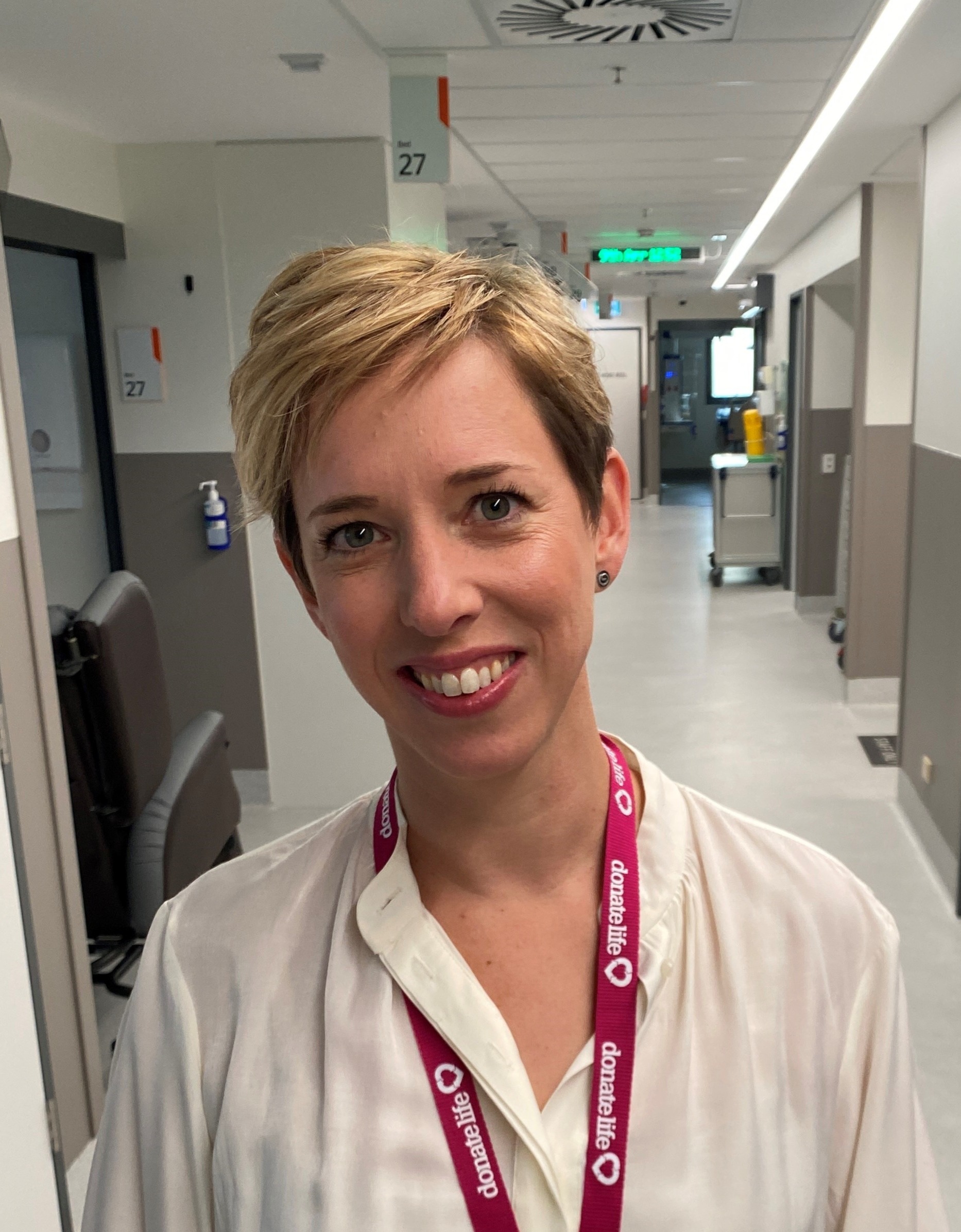
A poisonous decision – Exploring medical suitability
Katherine Gray1, Verity Shugg1, Susan Towns1, Andrew Turner1.
1DonateLife Tasmania, Australian Government Organ and Tissue Authority, Hobart, Australia
Referral at end of life is routine practice in Tasmanian hospitals.
A referral was made from the Emergency Department (ED) to the DonateLife clinical team as part of end-of-life planning of a patient following an intentional overdose of vitamin B17 (Amygdalin) which is known to cause cyanide toxicity. Cyanide toxicity results in cell death, acidosis and irreversible organ damage.
This poster presentation will provide a case study of this complex case - presentation, clinical course, family donation conversation and the navigation of complex organ suitability in the setting of fatal cyandide toxicity.
There were no reported cases in Australia of successful organ and tissue donation and transplantation following cyanide poisoning from oral ingestion.
Case summary
Family report that the patient had taken a small amount of 'vitamins' with initial signs of pharmaceutical overdose at the scene including respiratory depression and cyanosis progressing to arrest. On arrival to ED, the clinical status was critical with acute poisoning; PEA arrest, unresponsive, severe metabolic acidosis with unclear supportability. It was later confirmed that the patient had ingested 100x500mg tablets, or 50g, of B17, estimated 8 times the lethal dosage.
Organ donation was raised by the family in a meeting where the severity of the condition and poor prognosis was shared. This was acknowledged and emergency care continued.
The patient was admitted to the Intensive Care Unit for end-of-life care with supportive treatments in place to preserve the possibility of organ and tissue donation. It was unclear if the patient would be supportable for this to occur. The patient physiologically stabilised and remained supportable to explore organ and tissue donation suitability, particularly navigating cyanide toxicity indicators over the next 48 hours.
After deteriorating to brain death, this patient became an organ donor with the successful donation and transplantation of their heart, liver and left kidney. Two years post transplant all recipients are clinically doing very well and thankfully enjoying renewed life.
Acknowledgement to the donor family and State Coroner for permitting case sharing . Further case information available in publication: Brendan Toy, Marcus W. N. Yong, David K. Lempert & Ingrid Berling (2024). Cyanide poisoning and organ donation in Australia: a case report, Toxicology Communications, 8:1, 2381869, DOI: 10.1080/24734306.2024.2381869.
[1] Donor medical suitability
[2] Amygdalin
[3] Cyanogenic glycosides